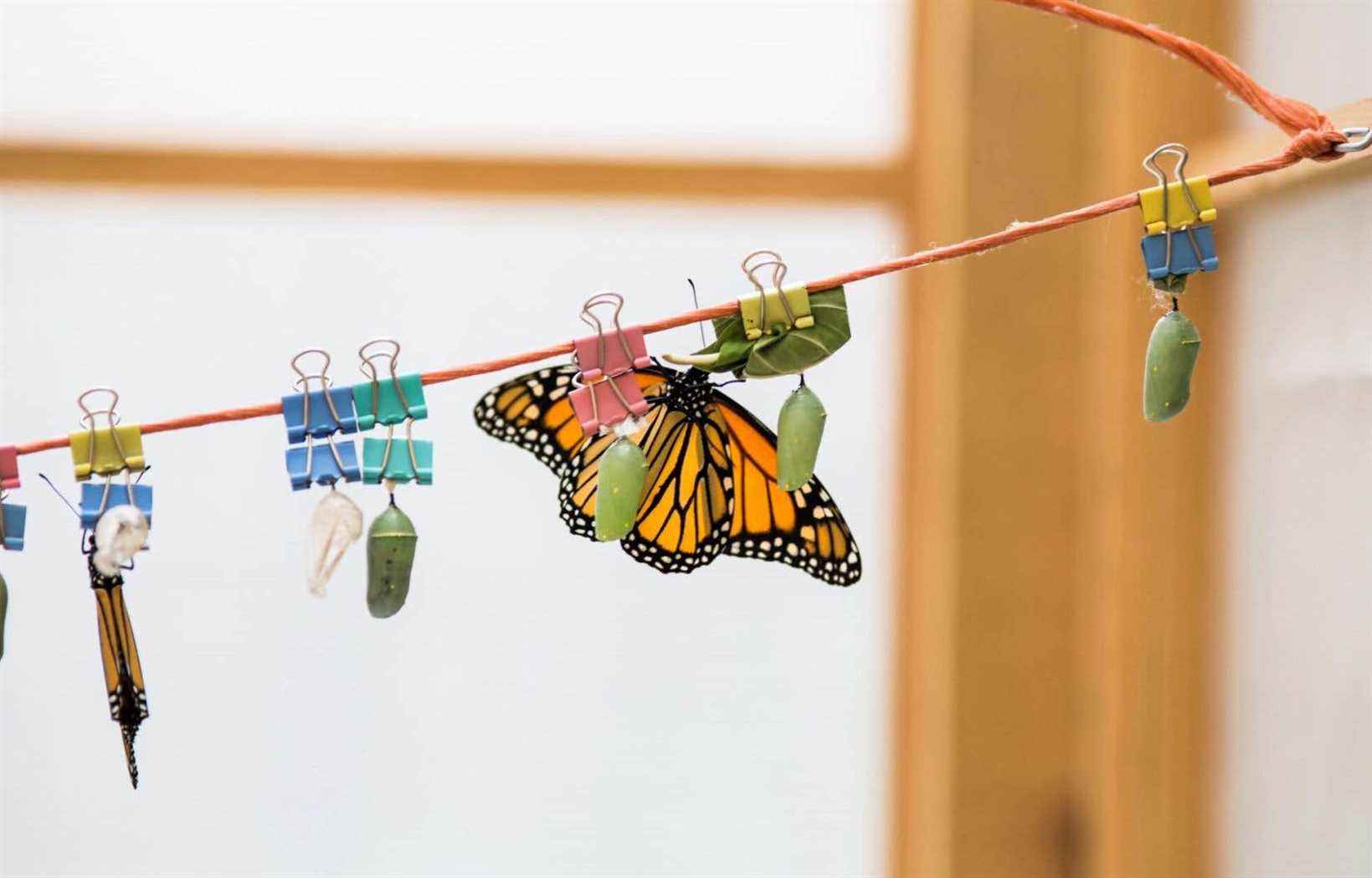This text is part of the special section Higher Education
A solution to the labor shortage
If it affects all of Quebec, the labor shortage is even more significant in the regions, where many positions are to be filled. Would the solution go through regional CEGEPs? This is affirmed by the Regroupement des cégeps de regions (RCR). This gathering, which brings together 12 CEGEPs in remote regions — Abitibi-Témiscamingue, Bas-Saint-Laurent, Côte-Nord, Gaspésie–Îles-de-la-Madeleine and Saguenay–Lac-Saint-Jean —, maintains that the presence of its establishments throughout the territory is of crucial importance for the economic development of the province. He recalls that the decision to study in major centers such as Montreal comes with a financial burden that is not possible for all students and that, on the contrary, attracting students to the region from all over the province, or even internationally, is a first step towards their long-term settlement there. At a time when the government is authorizing more than 20,000 additional places in CEGEPs in Greater Montreal, the RCR is calling on the Ministry of Higher Education to ensure that the work started in recent months leads to concrete actions, particularly in terms of improving college programs within the regions.
Building a green and sustainable society through CCTTs
The college centers for the transfer of technology and social practices (CCTT), which come under the CEGEPs and certain private colleges, are mandated to carry out applied research, technical assistance, training and information dissemination activities. with a view to contributing to the development and implementation of technological and social innovation projects. They are thus on the front line to transform the Quebec economy, leading it to become greener, responsible and sustainable. “What we see appearing more and more within the centers is the presence of several projects and reorientations that go in this direction”, explains Gregory Hersant, research support coordinator at the Synchronex network, which federates the 59 CCTTs in the province. “In the field of textiles, he illustrates, the Clothing Research and Innovation Center (Vestechpro) at Cégep Marie-Victorin and the Center of Excellence for Technical Textiles, Geosynthetics and Advanced Materials Based on textile (CTT Group) in Saint-Hyacinthe have initiated several research projects that integrate the notion of sustainability. »
Monarchs at Dawson College
Since 2017, Dawson has planted more than 400 milkweed plants as part of its project to raise monarch butterflies, the butterflies that were recently added to the endangered species list. Native flowering plants have also been cultivated as a food source for adult butterflies. The project takes the form of an enclosure located on the roof of the gymnasium, monitored daily by volunteers, where the caterpillars are kept and protected from parasitic wasps. Three years later, the wild monarchs started visiting and laying eggs on the milkweeds. Montréal Space for Life has awarded the Dawson site “Oasis for Monarchs” certification, and the College has received institutional recognition as part of the Sustainable Campus Index (SCI), an index that salutes colleges and universities that best contribute to global sustainability.
Cégep de Sept-Îles, a true living environment
Several projects are on his drawing board, starting with the creation of a pavilion for the University Family Medicine Group (GMFU) with the objective of attracting a dozen doctors who would supervise students from Laval University. Knowing that young people generally stay in the region where they do their internship, the CISSS Côte-Nord has the avowed goal, with its project, of finding a solution to the shortage of doctors in the region. A pavilion devoted to research and innovation will also be created. Above all, the campus will be transformed into a living environment since an Aboriginal student residence will soon open its doors. This achievement aims to meet specific needs in terms of accommodation, since Aboriginal students have long been struggling with childcare or transportation difficulties, which could compromise their academic success. In addition to the studios welcoming families, the buildings will thus house a CPE, a 4-year-old kindergarten, an entertainment area and a community kitchen.
